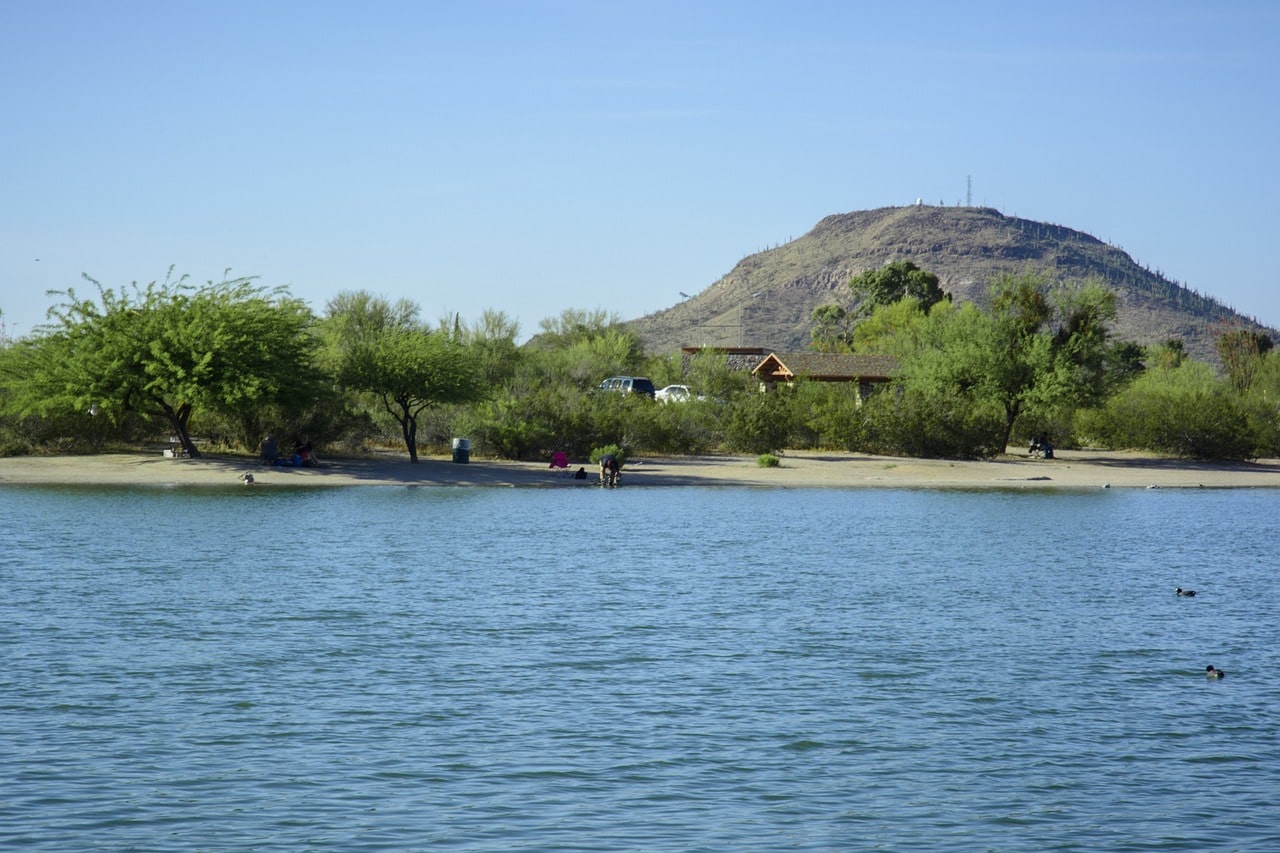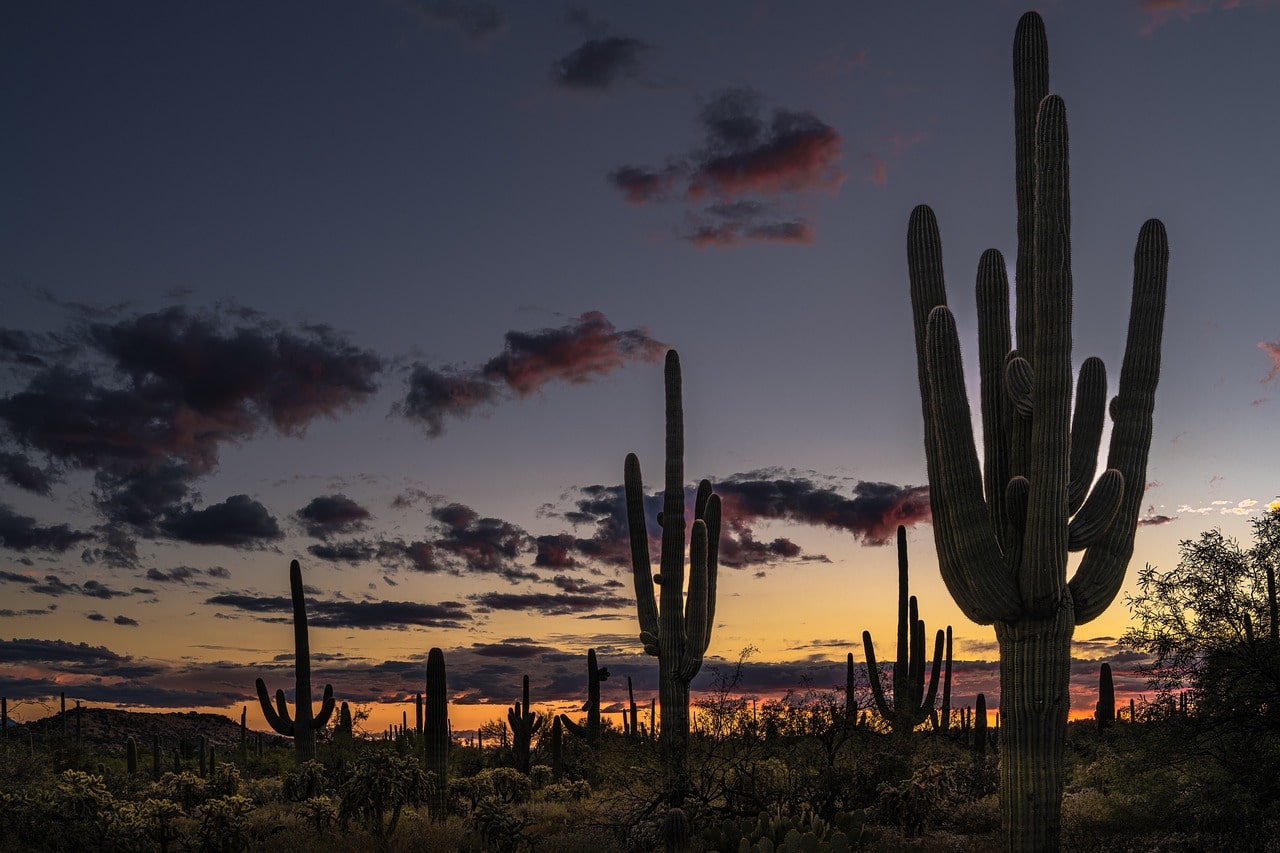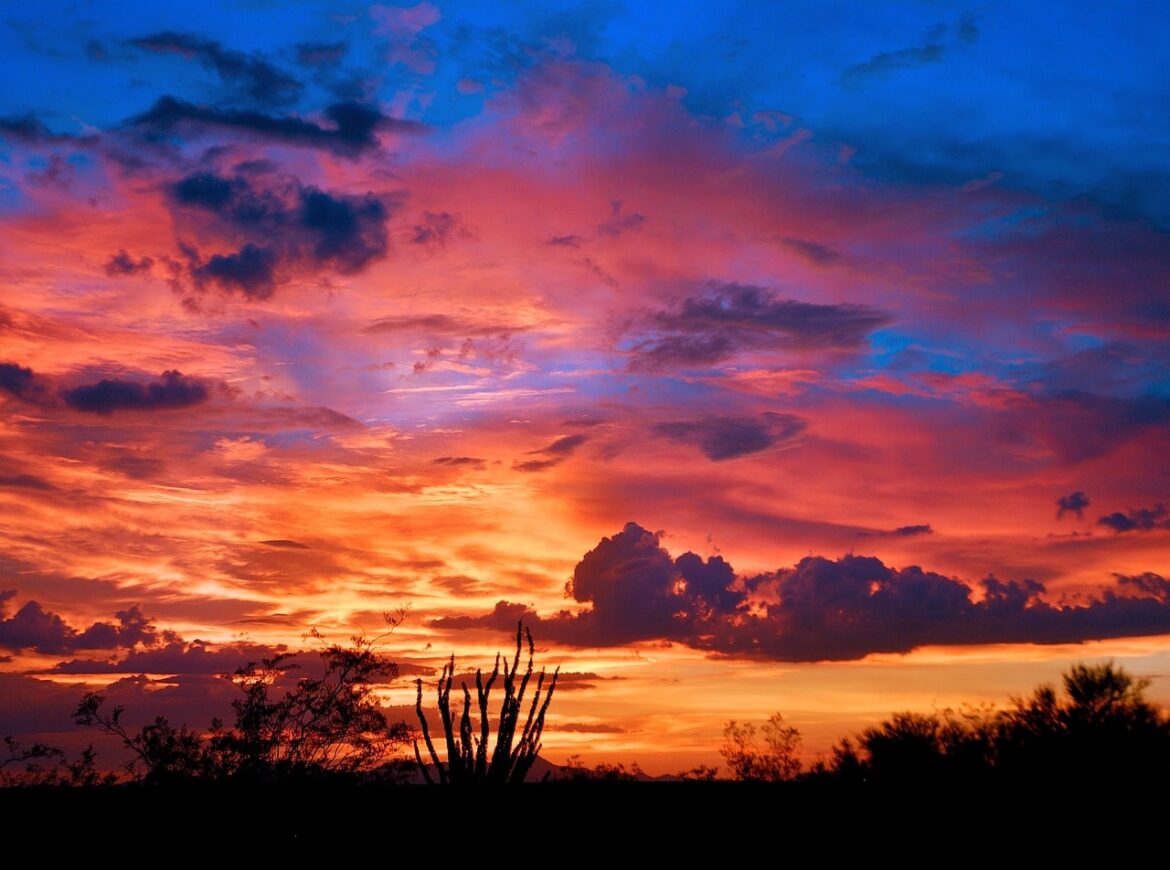Table of Contents
Explore Tucson elevation, a key aspect shaping its climate and landscapes. Discover the significance of Tucson’s altitude and plan your visit with insights into the unique geographical features.
I. Introduction
A. Brief Overview of Tucson
Imagine waking up to a blazing orange sunrise creeping over a mountain range so breathtaking it leaves you speechless. You, my friend, have just experienced the charm of Tucson, a city nestled in the heart of Southern Arizona.
Home to the University of Arizona and a mecca of mesmerizing desert landscapes, Tucson elevation is a haven for your adventurous soul and, quite literally, stands above the rest (sorry, I had to throw that pun in there) with its notable elevation.
B. Teaser About the Elevation’s Significance
But why on earth (or should I say above earth) is Tucson elevation even talked about, you ask?
Aside from providing mighty fine views, it lends this desert gem uniqueness, affecting everything from its climate, cultural life, and ecology to recreational activities.
So, straddle your saddle (that’s the local dialect for “get ready, partner”), and let’s delve into the high life of Tucson.

Seasonal Bliss: Capturing the Best Time to Visit Laos
II. Exploring Unique Tucson Elevation
A. Definition of Elevation and Its Importance
Elevation is the height above a fixed reference point, generally the average sea level, which is an integral part of any geographic location.
It’s like each city’s personalized height chart, dictating its climate, geological, ecological aspects, and sometimes even history and culture.
B. Specifics of Tucson Elevation
1. Numeric details
To hit you with numbers, Tucson sits pretty at an average elevation of 2,389 feet or around 730 meters. It’s not exactly Mt. Everest, but it’s a decent chunk above sea level, wouldn’t you agree?
2. Comparison to Other Locations
New York City barely skims above sea level at 33 feet—a wee baby compared to Tucson. On the other hand, Denver, famously known as the “Mile-High City,” stands at 5,280 feet—now that’s showing off if you ask me.
Weather: 11°C, Wind SE at 14 km/h, 41% Humidity Weather dataZIP Codes: 85701-85775Population: 5.43 lakhs (2021)Neighborhoods: Winterhaven, Park Place Mall, MOREArea code: 520Demonym(s): Tucsonian; TucsonanElevation: 2,389 ft (728 m)
III. Geological Insights
A. Factors Contributing to Tucson’s Elevation
Beneath Tucson’s feet lies the Basin and Range Province, one of Mother Nature’s geological theme parks. How did Tucson end up taller than the average American city?
This region uplifted over millions of years due to tectonic events. So next time you visit, remember, you’re standing on an age-old mountain range-turned-valley.
B. Impact on the Region’s Climate and Landscape
Tucson’s elevated existence gifts it that special “high desert” climate. Think hotter summers, cooler winters, and other niceties like occasional snowfall.
The landscape, too, is all high school prom queen level distinctive—anchored by the spine of the Santa Catalina Mountains and freckled with forests of Saguaro cacti. Poetic, huh?
IV. Historical Significance
A. How the Elevation Influenced Tucson’s History
Despite being hoisted up a bit from sea level, Tucson’s elevation has proved quite the boon in its past.
The aridity and acclaimed health benefits of the climate drew in the tuberculosis-stricken populace in the 19th and 20th centuries, earning the city the nickname—Sanatorium of the West.
B. Notable Events Related to Tucson’s Elevation
Tucson’s peaky property was central to shaping essential events like the Bisbee Deportation, where miners were sent up a hill, and the development of the University of Arizona, with its renowned program focused on climatology and indigenous studies.
V. Ecological And Environmental Considerations
A. Effects on Flora And Fauna
Elevation, folks, it ain’t just for humans. Tucson’s altitude wraps the city in a unique biosphere that supports uncommon wildlife and vegetation.
Have you ever wondered why penguins aren’t penguins frolicking across Tucson while Saguaro cacti reach the heavens with an arrogant smirk? Ya got it—elevation.
B. Conservation Efforts Related to Tucson’s Elevation
The unique ecosystems sustained by Tucson’s elevation are a hot pick for conservation efforts. Because yes, even cacti and desert hares deserve love and protection.

Where Heights Matter: Tucson Elevation Fame Explored
VI. Cultural And Recreational Aspects
A. Popular Activities Influenced By The Elevation
Elevation gets an honorable mention on the menu of Tucson’s most loved outdoor shin-digs—hiking, mountain biking, and bird-wa- uh, no, sky-watching. The altitude makes these adventuresome exercises a treat for sore eyes and tired legs.
B. Local Events or Festivals Related to the Elevated Terrain
Did you think Tucson’s formidable elevation’s influence stopped at the boring, serious stuff? Nah, it’s also essential to events like the Tucson Gem & Mineral Show, where geology buffs drool over treasures from the earth’s crust.
VII. Practical Information
A. Tips for Visitors Regarding the Elevation
A friendly heads-up—altitude can punch you in the guts if you’re unprepared. Mild headaches and shortness of breath are common for visitors new to the high life. Keep hydrated, and take it easy on your first few days.
B. Any Health Considerations at Higher Altitudes
Don’t misunderstand; Tucson’s elevation isn’t any Kilimanjaro, but it can cause mild altitude sickness, particularly for folks with heart and lung diseases. Remember, “prevention is better than cure.”
Recommendations:
What is the best time to visit Vietnam and Cambodia?
What is the Coldest Place in Texas?
VIII. Conclusion
A. Recap of Tucson’s Elevation Significance
The mysterious marvel of Tucson’s elevation is more than just a mathematical happens-to-be fact. Its implications seep into the geological wonders, the vivid climate, the lively culture, and the city’s heartbeat.
B. Encouragement for Readers to Explore And Appreciate Themselves
So, the next time you find yourself cruising down a sunny Tucson highway as giant Saguaro cacti wave hello, remember—it’s not just another warm day in the desert.
It’s a signature experience that’s been millions of years in the making. Now go, explore, and revel in Tucson’s elevation. But remember, don’t just get high on life—appreciate the height.
